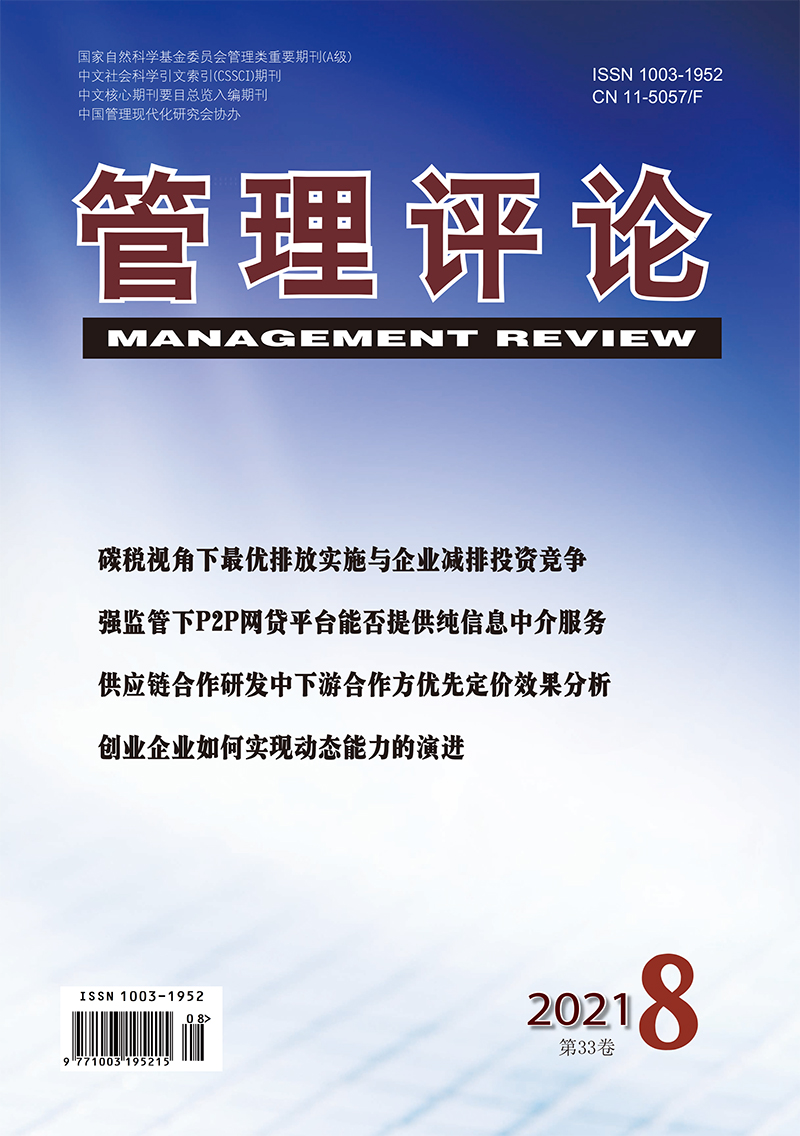|
|
Optimal Emissions Implementation and Enterprises' Abatement Investment Competition under the Carbon Tax Tool
Wang Mingxi, Hu Yi, Guo Dongmei, Cao Jie
2021, 33 (8):
17-28.
China's economic development has entered a new normal, meaning Chinese low-carbon transition meets new challenges. This implies that the Chinese government must seek a suitable policy option to solve such challenges. In this setting, the carbon tax, as a market-based emission reduction measurement, formally got into China's tax law system and became a research focus in the academic area. In this paper, the regional government, being taken as an independent player, is introduced into the state-enterprise game model. It is found that the individual emission decision level of the regional government strictly deviates from the optimal emission of the whole nation. To correct the non optimal decision-making behavior of the regional government, this paper puts forward an alternative carbon tax policy with differential tax rate on the basis of the carbon emission externality. Moreover, the effects of the carbon tax on enterprises' abatement investment and product competition are examined, respectively. The results show that:for the enterprise with low emission reduction cost, the carbon tax can not only correct the non optimal emission behavior of the regional government, but also encourage enterprises to invest in emission abatement and reduce the consumption of carbon-based energy, and improve the market competitiveness of enterprise products as well; yet, for the enterprise with high emission reduction cost, the carbon tax tool is a double-edged sword, restraining the abatement investment of the enterprise, especially high energy consumption enterprises; but, the long-term implementation of the carbon tax policy is conducive to the low-carbon transition of China's economy. Finally, based on the results, some policy recommendations are suggested.
References |
Related Articles |
Metrics
|

